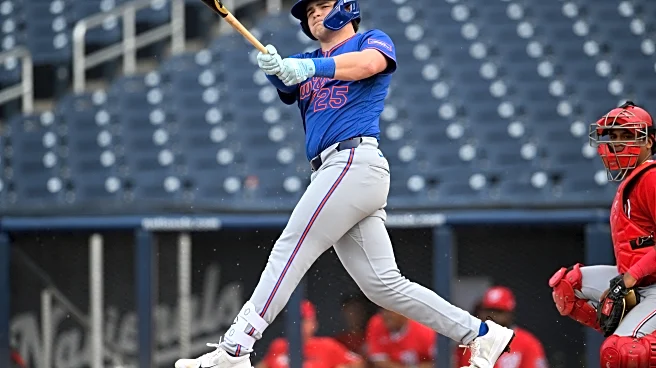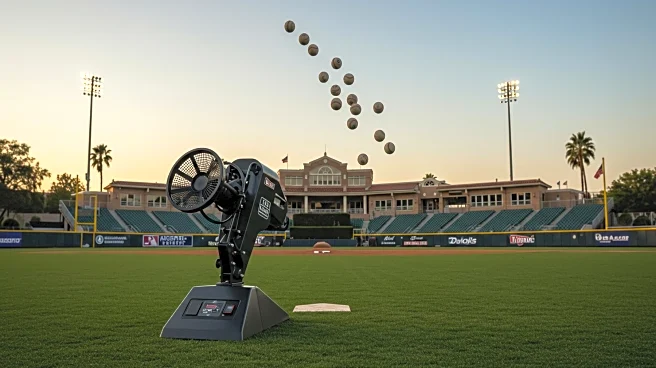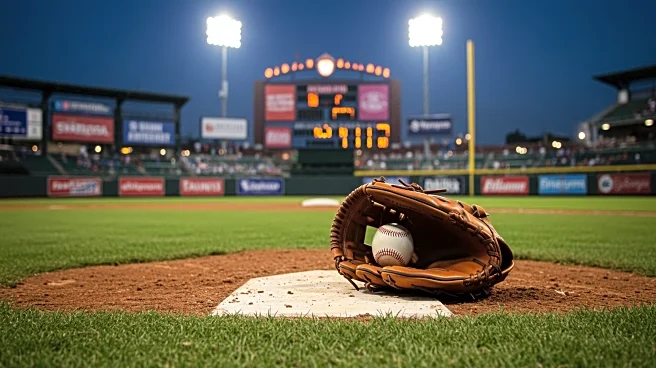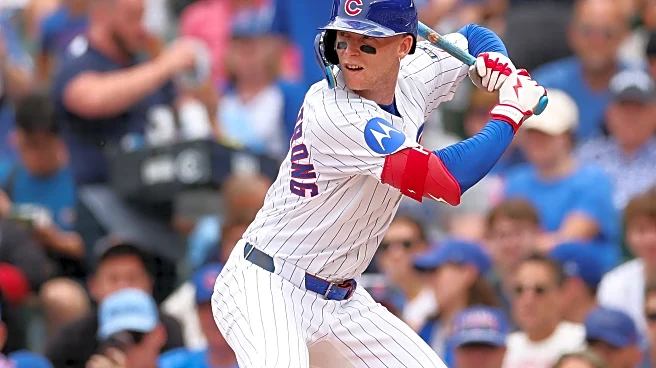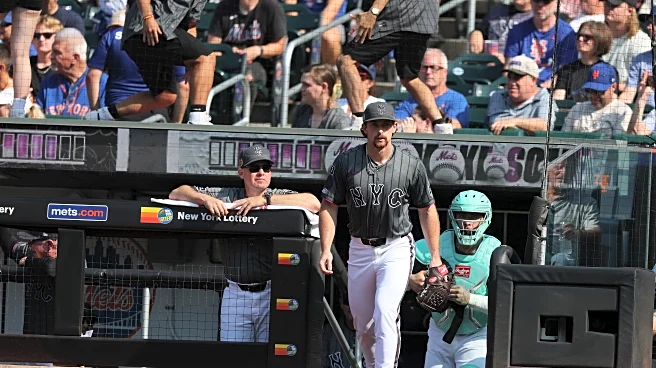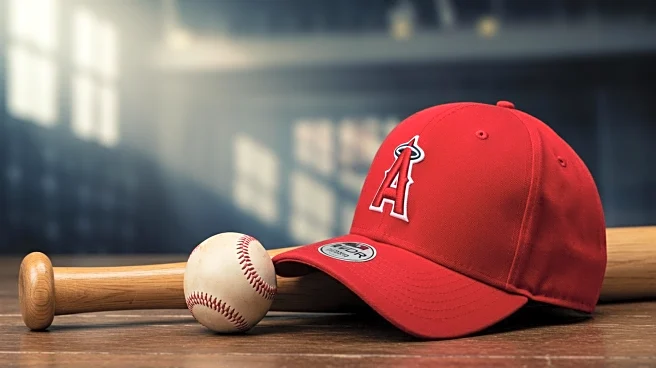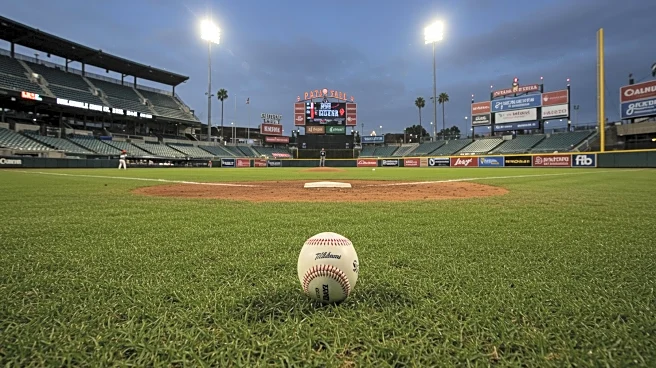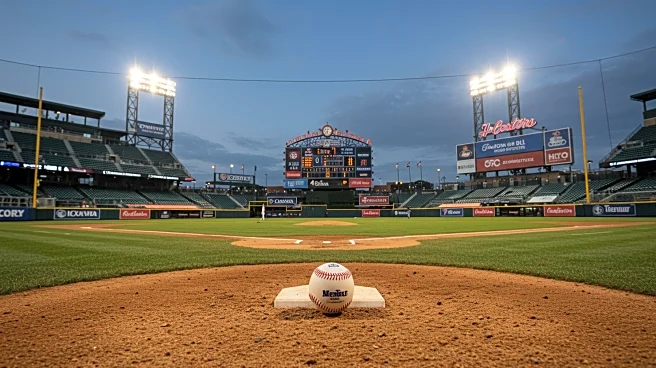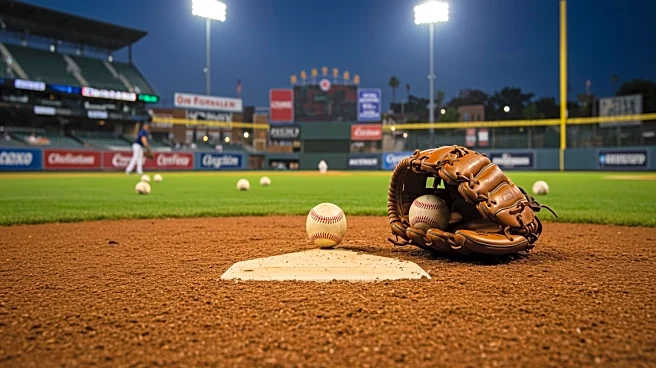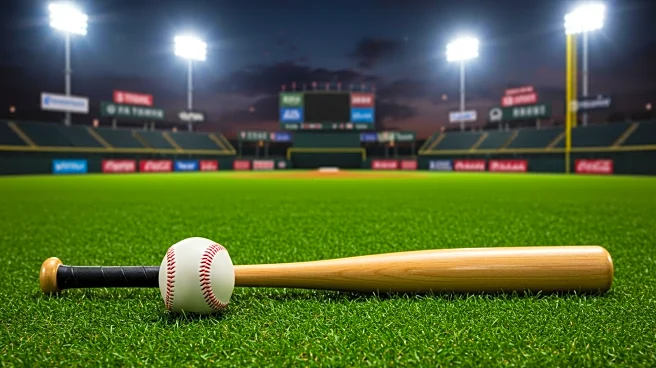
Jacob Reimer
Week: 6 G, 22 AB, .455/.520/.773, 10 H, 1 2B, 0 3B, 2 HR, 2 BB, 4 K, 1/1 SB (Double-A)
2025 Season: 61 G, 229 AB, .284/.384/.469, 65 H, 18 2B, 4 3B, 8 HR, 32 BB, 52 K, 11/13 SB, .335 BABIP (High-A) / 41 G, 144 AB, .243/349/.417, 35 H, 7 2B, 0 3B, 6 HR, 17 BB, 43 K, 2/3 SB, .296 BABIP (Double-A)
Earlier in the season, Jacob Reimer was playing like a man possessed, highlighting that he was a bona fide top prospect after some injury-and-underperformance prospect fatigue began setting in last season. In
April, he hit .318/.383/.659 in 21 games with 8 doubles, 3 triples, 5 home runs, 1 stolen base, and 9 walks to 22 strikeouts and in May, he hit .333/.454/.529 with 8 doubles, 3 home runs, 8 stolen bases, and 15 walks to 17 strikeouts. Reimer started slowing down in June just prior to his promotion to Double-A and hasn’t really been able to recapture that lightning-in-a-bottle since. He had a good series at the beginning of July against the Hartford Yard Goats, but outside of the abbreviated three-game set against the New Hampshire Fisher Cats following the 2025 MLB Draft and 2025 All-Star Game festivities, this past week is Reimer’s first sustained run of success since then.
Obviously, while you’d prefer a player to hit rather than not hit, I’m not all that worried about his drop in performance since being promoted to Binghamton. His walk rate has shrunk slightly from 11.9% to 9.9% and his strikeout rate has increased a bit from 19.4% to 25% but neither are disastrously bad trends. Perhaps more importantly, his line drive rate has decreased from 27.2% to 21.2% but with it, his flyball rate has increased from 33.5% to 42.4%. Reimer’s biggest issue since being drafted was his extremely high groundball rate. Preferably, his groundball rate, which has remained roughly the same at 36.4% from 39.3%, would be the one that drops, but beggars can’t be choosers I guess.
For a guy like, say, Nick Morabito, who has plus speed, a too-high groundball rate is not catastrophic because he still has the ability to leg out many of those ground balls. For a guy like Jacob Reimer, who has fringe-average speed, every ball hit on the ground, every ball that doesn’t get out of the infield is an all but guaranteed out. Reimer is hitting more balls in the air, and while that is resulting in more outs right now, I’d prefer to see him work on elevating than him do what he’s been doing prior but log more hits. This is what the minors are for, after all.
Daviel Hurtado
Week: 2 G (1 GS), 8.2 IP, 8 H, 1 R, 1 ER, 1 BB, 12 K (Single-A)
2025 Season: 5 G (5 GS), 19.0 IP, 8 H, 1 R, 1 ER (0.47 ERA), 5 BB, 25 K, .205 BABIP (Rookie) / 10 G (6 GS), 34.2 IP, 33 H, 12 R, 9 ER (2.34 ERA), 10 BB, 36 K, .323 BABIP (Single-A)
A native of Havana, Cuba, Daviel Hurtado has been involved in baseball in the city for years, playing on the U-12 and U-15 Cuban National Baseball Teams. The left-hander left Cuba along with his parents and took up residency in the Dominican Republic in 2022. Eligible to sign during the 2022 international signing period, he elected to wait until the 2023 international signing period in order to better shop his talents to other teams and maximize his contract. He came to an informal agreement with the Mets in the summer of 2022 and then on January 15, 2023, the first day of the 2023 international free agent signing period, the two sides came to official terms, agreeing to a $640,000 bonus.
He was assigned to the Dominican Summer League for the 2023 season, but did not actually pitch, as Tommy John surgery kept him off the mound all season. He finally made his professional debut in 2024 with the FCL Mets and posted a 6.32 ERA in 15.2 innings, allowing 15 hits, walking 10, and striking out 23. The southpaw returned to the FCL Mets when their season began in 2025, but did not pitch there for long, allowing just a single earned run in 19.0 innings over five games. The 20-year-old was promoted to the St. Lucie Mets in mid-June and hasn’t missed a beat in the two months he’s been playing at the Single-A level, posting a 2.34 ERA in 34.2 innings so far.
Listed at 6’1″, 165-pounds, Hurtado is lean and lanky. The left-hander throws from a three-quarters arm slot with a long arm action through the back. His slingy arm is capable of pumping in fastballs that sit in the low-to-mid-90s, 90-94, topping out at 96 MPH. Averaging roughly 2,200 RPM, the pitch can get up to 15 inches of induced vertical break, making it firmly average in that regard. Hurtado throws his fastball just over 50% of the time and generally speaking has no significant problems throwing the pitch in the strike zone, but batters have no real problems hitting the pitch when it is in the zone, with a 91.5% Z-Contact Rate, and don’t really get fooled into chasing it outside the zone, with a 21.8% Chase Rate.
The southpaw complements his fastball with a curveball, slider, and the occasional changeup. His curveball is a big loopy lollypop sitting in the high-70s-to-low-80s. Very similar to his curveball, his slider is a big slurvy pitch that sits in the mid-to-high-80s. His curveball has averaged almost 54 inches of vertical break, while his slider does not lag far behind, with about 35 inches. The slider has been the better pitch in terms of swing-and-misses and strikeouts, while the curve has resulted in a lot more poor contact and easy groundballs/flyballs. Hurtado uses his curveball roughly 30% of the time and his slider about 15%, but both pitches are more or less thrown with the same philosophy: more often than not, they are thrown outside of the zone and are designed for batters to go fishing. His changeup isn’t used much, but would be a useful offering if its development continues, giving the left-hander a pitch with a different look than his curveball/slider to tunnel off of his fastball.
